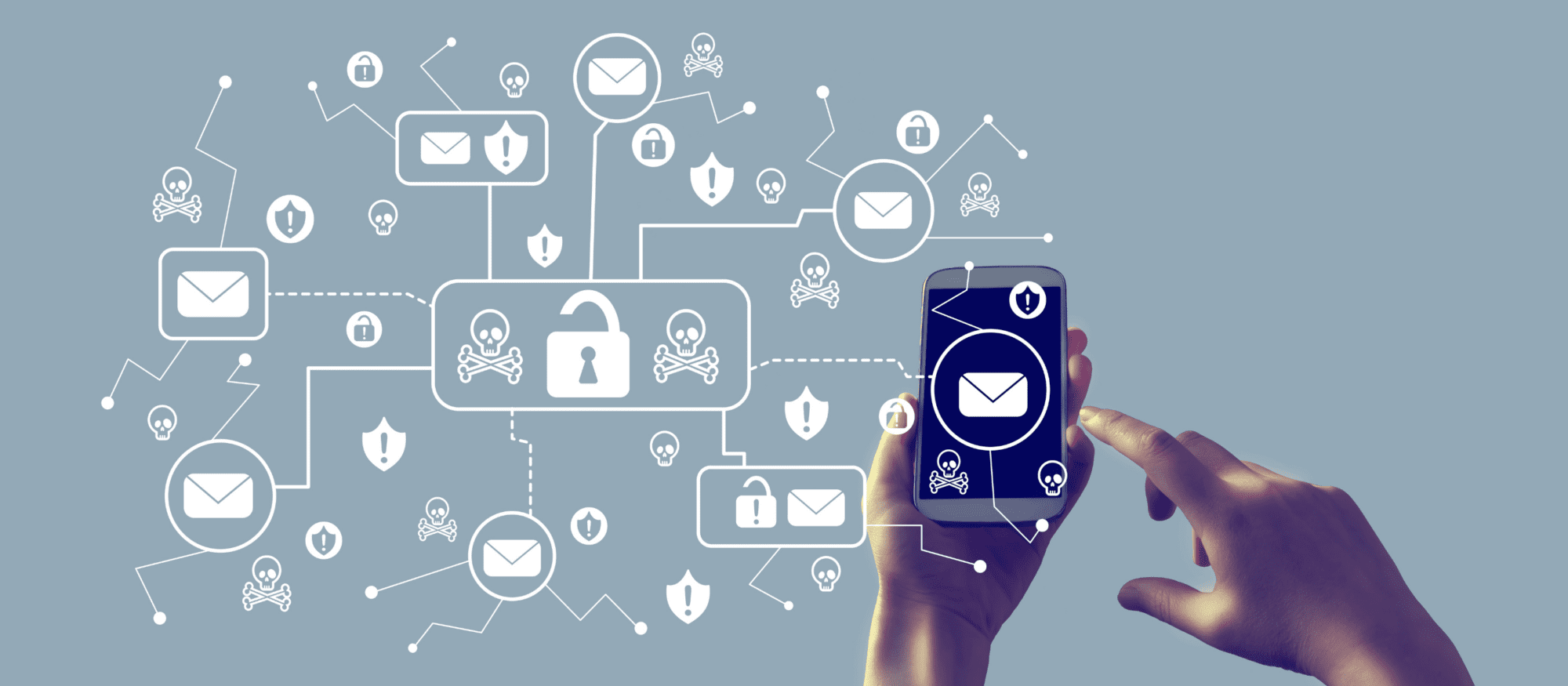There was once a time when landing an interview meant dusting off your best suit (or going out to buy one) and ensuring you look stellar, from head to toe. “Dress for the job you want” was a popular expression. Was.
I’m not sure the same rules hold true – I’m not even sure there are rules anymore!
I recently stumbled on an article where the resident “Style Guy” asks the question: “Is the Business Suit Dead?” The power suit was once a job interview rule and even critical attire for an important meeting. But a cultural shift has occurred, where the power suit can now come across as more predictable than a powerhouse. Stiff rather than savvy. The work world seems to have undergone a “casualization” — kind of like weddings. Today, people can be found rocking their best “tailored pants-and button-down-shirt” combo to a wedding, rather than the traditional suit and tie. And if they happen to be wearing a suit and tie, it’s being worn with sneakers. Just saying.
Never Wear This. Or Should You?
I almost fainted when I spotted a prospective employee at an interview (for a managerial position, no less) in shorts. True story. (He was hired.) The keyword here is appropriateness. The candidate’s (and now my coworker’s) shorts were tailored and knee-length, so they were acceptable. And it was a record-breaking heat kind of day, with temps upwards of 40 degrees.
What really made this look work in his favour was that his shoes were professional (everyone notices shoes) and his top was clean-cut and sophisticated. As well, I work at a fashion retailer, so the rules of the game are slightly different. When I asked my boss what she thought of the “shorts” incident, she said that she would have preferred him in shorts, rather than a suit the candidate would have been roasting in. Sweating profusely is certainly not a recommended interview look!
The truth is this candidate and his shorts intrigued me. It definitely took courage to buck the trend and rock shorts to his interview, but in turn, it took confidence, which overruled in the end.
As a fashion-centric person, I will fill you in on what to wear to your next interview.
What to Wear
So comfort and confidence were key in the case of the candidate who wore shorts, but that doesn’t mean sweatpants are ever acceptable.
With that in mind, here are tips on mastering the New Interview Dress Code:
Examine the Job / Industry
Dressing for an interview is no longer a “one size fits all” phenomenon. Do some recon work about the company you’re interviewing for and try to get a handle on the daily dress code. If it’s more on the casual side, then dress a step above that by going “business casual.” Better to err on the side of caution and take your look up a notch.
Choose Wisely & Safely
For the guys: stick to nice tailored pants and a blazer, or a suit with a sleek button-down shirt (a tie is not necessary unless it’s for a corporate job like finance or law). I fear that recommending a sweater or shirt alone, with no top layer, might look sloppy. So if you’re not going to wear a suit, just make sure you’re still put together, proper and polished.
For the ladies: show up in a skirt with a shirt or knit a professional-looking shift dress or tailored trousers with a sharp button-down. A power blazer can be a nice layer to throw on top. If you’re interviewing for a fashion-related job, make sure your outfit shows that you know what’s currently on-trend by wearing a relevant silhouette or stylish detail.
For Both of You:
If you’re interviewing for a creative job like a start-up or a design agency, wearing a suit nowadays can actually make you look out of touch with the environment and company culture. Wear proper casual fitting pants just steer clear of chinos, distressed denim, and sloppy T-shirts.
Watch your shoes: everyone notices shoes. They can pull together your entire look or rip it apart. Your footwear is the finishing touch that seals the deal, so make sure your shoes are professional, sharp and in good condition. And please, no open-toe shoes or sneakers. And ladies, if you’re not used to walking in heels, then opt for a good pair of flats. No need to strut awkwardly in stilettos!
Tattoos
An estimated four in 10 millennials have a tattoo, and 70% say they hide their ink at work, according to a Pew Research Center survey.
If you can conceal the ink, do so. “Job interviews are already uncomfortable, so don’t exacerbate things by having to worry about your tattoos being visible,” says the University of Tampa professor Kristen Foltz, author of the recent research paper The Millennial’s Perception of Tattoos: Self Expression or Business Faux Pas?
In this case, consider wearing a full suit. Accessories like rings and watches can hide certain tattoos, but make sure they don’t shake when you move, Foltz warns…or broach the subject directly.
Somebody art (e.g., neck tattoos) can’t be as easily concealed. Since the interviewer is going to notice, address the elephant in the room and ask whether your tattoo will affect your job candidacy, then shift the conversation back to what you bring to the company. You want to be remembered for your skills and your value, not for what you wear or have on your body.
Add a personal touch
Accessories can be that personal touch that sets you apart during the interview and a good place to showcase your style. Men, this can mean a watch and a stylish “envelope” briefcase or portfolio. Ladies: tasteful bracelets, rings, and a statement purse can help you stand out. Just make sure not to add over-the-top or gaudy jewellery, and for both of you: no hats allowed, it can hinder eye contact.
Stay classy
Where does this whole casual movement stem from? I believe it’s a result of social media and the belief that social media creates a more human, attainable side to everyone. Our guard is down and we’re all more “real” on our social media platforms, which I think seeps into everything we do.
Candidates falsely believe they can use emojis or acronyms while corresponding with HR or the person interviewing them when a certain amount of professionalism is still necessary. You still need to make a strong first impression on your job interview, and although you don’t need to rock a serious suit anymore, not looking properly put together can be a deal-breaker.





